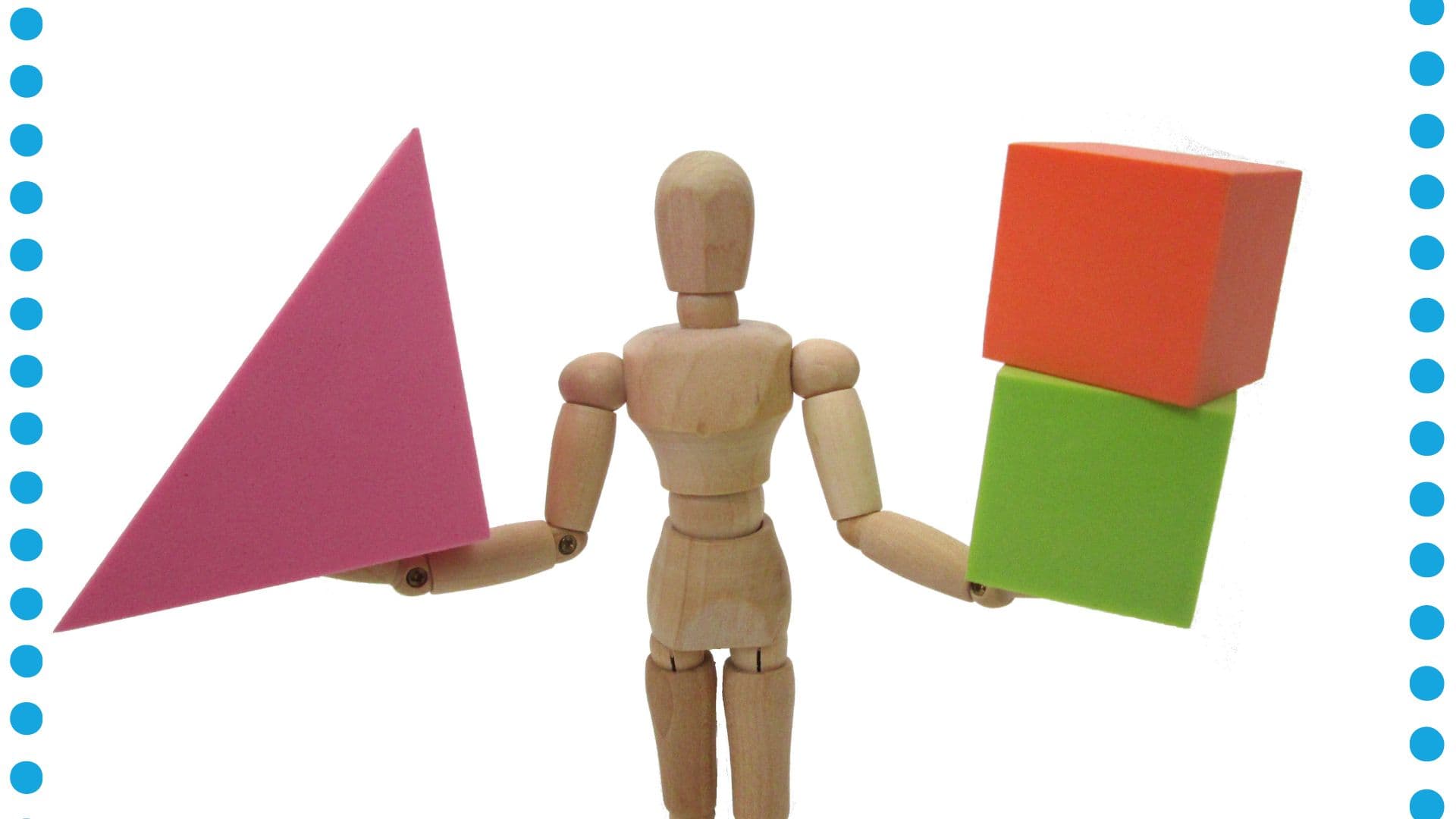
In this video, Achievable GRE course author Matt Roy shares how to solve an average when inputs are weighted differently – a common question type on the GRE Quantitative section.
Try this quant comparison problem yourself in our GRE prep course.
If you’re looking for a comprehensive course that will help you reach your target GRE score in less time, try Achievable’s GRE exam prep course. Our GRE course includes a full textbook, videos on key topics, tons of GRE questions backed by our memory-enhancing algorithm, built-in study-planner, machine-learning essay grader, and 10+ full-length practice exams.
00:00:02 Here we have a weighted average problem. So let's read the question to see what clues there are that let us know that we should use the weighted average equation. So it asks what was Lennox's final grade if they scored a 95 on the midterm, a 90 on the final exam, and 82 on practice sets. Now. It also says that the 1st grade is weighted at 27%. 00:00:30 For the midterm and for the final, it's weighted at 35% and for the practice sets we're at 38%. It's intentionally worded strange here. It says the final grade is weighted at this much. That just means you're the grade at the end of the semester is your final grade. And then when it says the wait for the final, that's a final exam, so. 00:00:58 In order to find an average, usually you take the sum over the number of elements or things that are being added together. But in this case the the question specifically states that we have weights. So we should not add up the three scores and divide it by three. We should add up the three scores but multiply them by their weights. So our midterm score is 95, but the weight for the midterm is. 00:01:28 27%, so we should multiply 90 by .27 and we should do the same for the rest as well. So the final the final exam score was 90 and the weight was 35, so that's and after after the 95 times .27 we get 90 * .35. And then we do the same for the practice sets, 82 * .38. 00:01:57 Those percentages, by the way, must always add up to 100%. Anytime you're doing a weighted average problem, make sure all of your percentages add up to 100, and 2735 and 38 do add up to 100. So 95 times .27 gives you 25.6590 * .35 gives you 31.5 and 82 * .38. 00:02:26 Gives you 31.16. This sums up to be 88.31. That would be your final grade. However, it does ask you to round. It says round to the nearest whole number. So our final answer would be 88. 00:02:46 Hi, I'm Tyler, Cofounder and CEO at Achievable and if you love this video, you'll love our GRE course Achievables. GRE course includes a full online textbook on all GRE topics. Videos just like this one on dozens of key topics, A builtin study planner, machine learning, instant essay grader that provides actionable feedback, hundreds of practice questions on all topics, and full length practice exams. Our GRE course is very competitively priced and you can try it out for free to see if our style is right for you. 00:03:16 All the links below in the description to get started.

How we rethought GRE test prep for the 2020s to be more effective and take less time than other GRE prep courses.

In this video, Achievable GRE course author Matt Roy explains how to plug in numbers to a quant comparison question to quickly find an answer.Try this quantitative comparison problem yourself in our GRE course: https://app.achievable.me/study/gre-v… [https://app.achievable.me/study/gre-v…]

Introducing Achievable GRE, GRE test prep made for the 2020s. Unlimited GRE quant problems, memory tracking, and more.